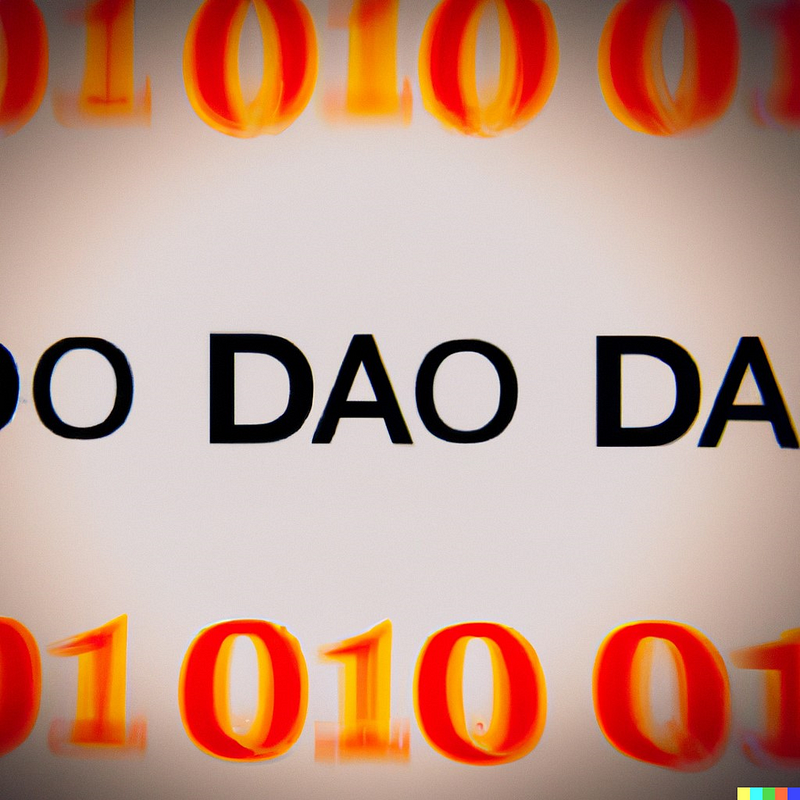Imagine an organization that has no management team, no central authority, and no single point of control. Instead, it operates…
Imagine an organization that has no management team, no central authority, and no single point of control. Instead, it operates autonomously through a set of code that executes predetermined rules and decisions based on the consensus of its members. This is the essence of a decentralized autonomous organization (DAO).
Next, we will see what a DAO is and how it works.

A DAO is an organization or community owned by its members but managed by code. It promotes the management of an entity in a manner similar to that of a company.
However, it is decentralized and autonomous because there is no decision-making authority; it is each and every member who participates in decision making.
How it works
For a DAO to be functional, there must be a way to vote and create proposals. For this, each DAO has its own governance token. A user becomes a member of a DAO when they purchase or receive their governance token.
Any individual holding this token can participate in voting on issues such as the allocation of funds and can also propose new ideas. If a proposal obtains support above a previously established percentage, a vote will be held on it. The more governance tokens a user has, the more weight his or her opinions carry in the decision making process.
These tokens can be traded on the cryptoasset market, so they can be bought and sold. After all, they are like shares in a company.
The rules of a DAO are established and automated in code. Thus, there is no person or group of people executing the actions that are decided by voting (such as a management team).
This code is publicly available on the relevant blockchain, so that anyone can see the DAO rules and the processes for action. At the same time, the DAO’s documentation or whitepaper explains how the organization works in all sorts of detail.
How a DAO is created
When a company or person wants to create its DAO, the first thing to do is to establish clear rules that will be the basis for its operation. In the same way, it must be very clear about the voting process and its implications, and finally, all of this must be set down in a code.
The DAO code, and therefore its fundamentals, cannot be altered unless the majority or all (depending on the specific DAO rules) of the people who have governance tokens decide to do so through a vote.
On the other hand, it has to be decided how the governance is to be distributed among the users. This is where the famous “airdrops” come into play.
To distribute the tokens in a fair way, airdrops and bounties are usually used. An airdrop consists of distributing governance tokens to users based on their participation in the company or project that is creating a DAO.
Tokens can also be distributed as rewards for completing certain actions such as promoting the company on social networks, making a video on youtube or reviewing the company’s or DAO’s code for bugs.
Finally, to launch a DAO you have to contribute a certain amount of funds.
The reason is that, in order to make transactions on the blockchain, you have to pay for each transaction in the form of the cryptocurrency of the blockchain. Therefore, in order for the code to work and for the DAO to come to life, a certain amount of money must be available.
0 comentarios